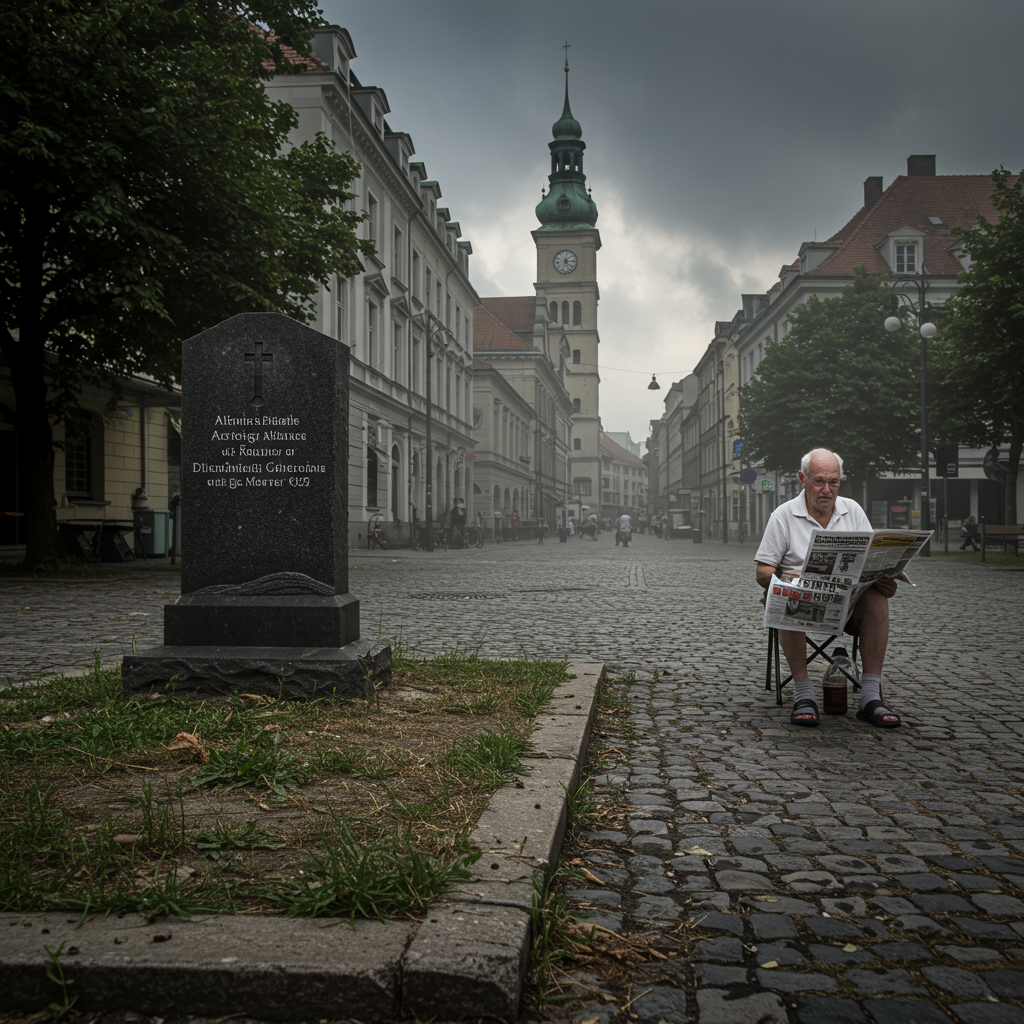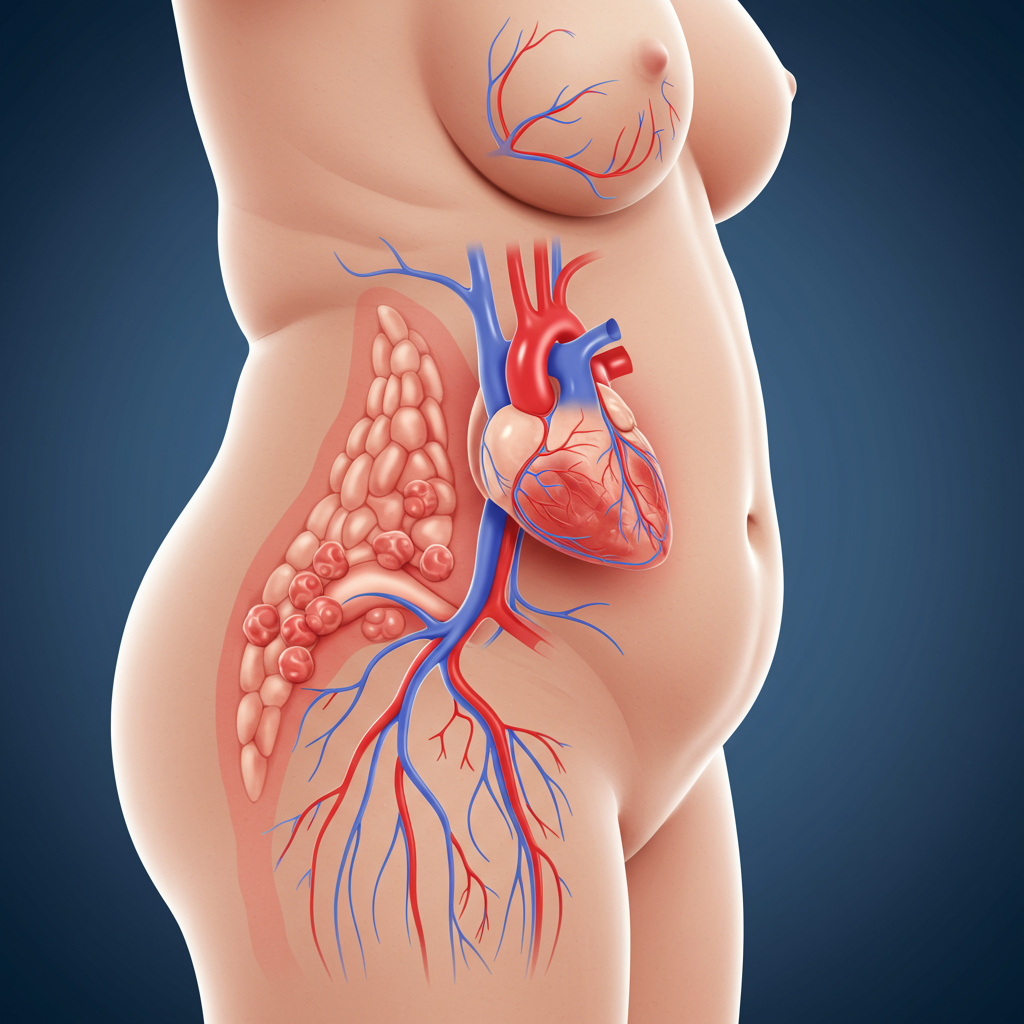A groundbreaking new study reveals a devastating link between human-caused climate change and a significant surge in deaths during a recent European heatwave. Scientists estimate that the burning of fossil fuels directly contributed to at least 1,500 additional fatalities across the continent in late June and early July. This stark finding underscores the increasingly deadly impact of global warming on human health, transforming what would be naturally warm summer days into dangerously extreme heat events.
Unpacking the Study’s Alarming Figures
Researchers at Imperial College London and the London School of Hygiene & Tropical Medicine conducted a rapid analysis following the intense heat event that gripped Europe. They focused on 12 major cities, including bustling hubs like London, Paris, Barcelona, Rome, and Milan. Across these specific urban areas, the study identified around 2,300 total deaths during the heatwave period, which spanned from June 23 to July 2.
The critical finding emerged when scientists compared the actual mortality data during the heatwave with a computer simulation. This simulation modeled what the temperature and corresponding death rate would have been in a hypothetical world where humanity had not warmed the planet through activities like burning coal, oil, and gas. The difference was profound: approximately two-thirds of the total deaths, or a staggering 1,500 fatalities, could be directly attributed to the influence of climate change.
Who Was Most Affected?
The study also shed light on the demographics most vulnerable to extreme heat. A significant majority of the climate-attributable deaths – an estimated 88% – occurred among individuals over the age of 65. This highlights the particular risk that rising temperatures pose to older populations, whose bodies may be less able to regulate heat or who may have underlying health conditions exacerbated by the stress of high temperatures.
While the 1,500 figure represents an average across the 12 cities, some locations saw particularly high numbers. Milan, for example, estimated 317 climate-linked heat deaths out of a total of 499 heat deaths in the city. Barcelona, Paris, and London also recorded hundreds of fatalities directly tied to the warming planet.
The “Silent Killer” Nature of Heatwaves
Unlike dramatic wildfires or destructive storms, heatwaves often kill without leaving a visible trail of damage. This makes them particularly insidious, earning them the chilling moniker of “silent killers.” Most heat-related deaths happen discreetly within homes or hospitals, far from public view and official emergency statistics. This makes the true human toll difficult to fully grasp and often leads to heatwaves being an underappreciated threat compared to other climate-related disasters.
Scientists emphasize this point. Gary Konstantinoudis, a biostatistician and co-author, noted that the casualties reviewed in their study were likely an underestimate, representing only a snapshot of the wider impact across the entire continent. Experts agree that official reports often fail to capture the full scope, as underlying conditions like heart failure or respiratory distress are typically listed as the cause of death, even when extreme heat was the primary trigger.
Why Heat Is So Lethal
Heat stress places immense strain on the human body, particularly on the cardiovascular and respiratory systems. When temperatures soar, the body struggles to cool itself. This can exacerbate existing health problems, leading to organ failure, heatstroke, and ultimately death. For vulnerable populations, even a seemingly small increase in temperature can push their systems beyond capacity.
Akshay Deoras, a research scientist, used a powerful analogy to explain the impact of climate change on heatwaves. He compared the Earth to an oven. In the past, heatwaves were like turning the oven up for a short burst. Now, with climate change, “it is as if we have permanently set the oven to a higher temperature.” This means it takes much less effort for natural weather patterns to reach dangerous, even fatal, levels of heat.
Climate Change’s Direct Influence on Temperatures
The study provides critical evidence of how human activity amplified this specific heatwave. Researchers calculated that climate change, driven by greenhouse gas emissions, increased the peak temperatures experienced in many cities by a significant margin – between 2 and 4 degrees Celsius (or 3.6 to 7.2 degrees Fahrenheit). This temperature boost was not a natural variation; it was a direct consequence of changes humanity has made to the atmosphere over decades.
This level of temperature increase might sound modest, but experts stress its profound impact on human health. Ben Clarke, another climate scientist involved in the research, explained that while summer naturally brings heat, the added few degrees from climate change pushed many populations into dangerous territory, turning moderate heat into a deadly threat.
Expert Validation and Robust Methods
While this specific study was a rapid analysis performed shortly after the event, the scientists utilized methods that have been peer-reviewed and validated by the wider scientific community. Experts not involved in the study praised the approach. Richard Allan, a professor of climate science, hailed it as “forensic analysis” combining observations, simulations, and health data. He added that even without such detailed studies, it’s “blindingly obvious” from multiple lines of evidence that heatwaves generated under current climate conditions are more intense, dangerous, and capable of setting unprecedented records.
Europe’s Vulnerability to Extreme Heat
Much of Europe’s existing infrastructure and societal habits were not developed with sustained, extreme heat in mind. Many older buildings, particularly in Southern Europe, feature thick walls designed to keep interiors cool relative to the outside, but they can become heat traps during prolonged, intense heat. Air conditioning is far less common in European homes and public spaces than in parts of the United States, historically seen as unnecessary given milder summers. This combination of factors makes the current and projected rise in temperatures particularly challenging for the continent. An aging population further exacerbates this vulnerability.
A Warning for the Future
The study authors issued a stark warning: if the world continues on its current trajectory, heatwave temperatures will keep climbing, and future death tolls are likely to be even higher. They emphasized that the significant human cost seen in this single event is a direct result of burning fossil fuels. Reducing global emissions towards net zero is presented not just as an environmental imperative but as a matter of public health and survival.
Broader climate context reinforces this warning. Europe’s heatwave occurred within a period of exceptional global warmth. June 2024 was reported as the third hottest June globally on record. Furthermore, the Mediterranean Sea experienced an unprecedented marine heatwave, reaching the highest average daily sea surface temperature on record for June at 27°C, with nearly two-thirds of the basin affected by severe heat stress. These wider conditions intensified the heat stress experienced across Europe and signal a rapidly changing climate.
To put the human cost into perspective, the researchers noted that the 1,500 climate-attributable deaths from this single heatwave across just 12 cities were higher than the death tolls from recent flood disasters in Europe that were also made worse by climate change. This comparison highlights the scale of the silent, invisible threat posed by rising heat. Previous research estimates that Europe already experiences tens of thousands of heat-related deaths annually, suggesting this past summer could be particularly dangerous if these trends continue.
Frequently Asked Questions
What did the recent study on Europe’s heatwave deaths find?
A rapid attribution study focusing on a late June/early July heatwave found that human-caused climate change was directly responsible for approximately 1,500 additional deaths across 12 major European cities. Out of around 2,300 total heat-related deaths in these cities, scientists calculated that about two-thirds would not have occurred without the temperature increase caused by burning fossil fuels.
Which European cities were part of the heatwave death study?
The study conducted by Imperial College London and the London School of Hygiene & Tropical Medicine analyzed data from 12 specific European cities. These included London, Paris, Barcelona, Rome, Milan, Madrid, Athens, Budapest, Zagreb, Frankfurt, Lisbon, and Sassari (Sardinia). Milan, Barcelona, Paris, and London estimated the highest numbers of climate-attributed deaths among this group.
How did climate change specifically increase the number of heat deaths?
Climate change, primarily caused by greenhouse gas emissions from fossil fuels, amplified the heatwave’s intensity. The study found that climate change added between 2 and 4 degrees Celsius (3.6-7.2°F) to the peak temperatures in the studied cities compared to a world without human warming. This temperature increase pushed many people, particularly vulnerable populations like the elderly (88% of attributable deaths were over 65), into dangerous heat stress levels that proved fatal.
Conclusion
The study serves as a chilling reminder that climate change is not just an abstract environmental issue or a distant future threat. It is a present, deadly force with measurable human consequences right now. The finding that global warming directly contributed to 1,500 deaths in a single European heatwave underscores the urgency of addressing climate change and reducing fossil fuel emissions. As global temperatures continue to rise, preparing populations and infrastructure for more frequent and intense heatwaves will become increasingly critical, but ultimately, preventing the worst outcomes requires tackling the root cause: humanity’s impact on the planet’s climate. The “silent killer” of heat is growing louder, demanding immediate attention and decisive action.




